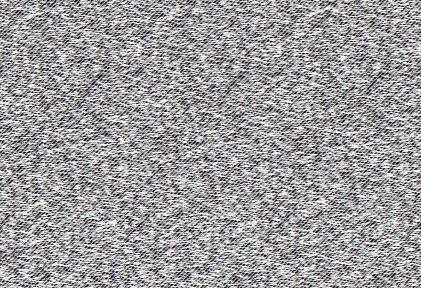Revolutionizing Video Diffusion: How Geometry Forcing Bridges the Gap to 3D Representation

Recent advancements in video technology have brought us ever closer to creating rich, immersive experiences, but there's a vital element often missing: a thorough understanding of the 3D world. A groundbreaking new study titled "Geometry Forcing: Marrying Video Diffusion and 3D Representation for Consistent World Modeling" tackles this challenge head-on by presenting a novel approach called Geometry Forcing. This method aims to enhance video diffusion models by integrating robust 3D representations into their framework, addressing the inherent limitations of traditional video generation techniques.
The Current Landscape of Video Diffusion Models
Video diffusion models have made significant strides in generating visually appealing content from raw video data. However, these models often treat videos merely as 2D projections, neglecting the underlying three-dimensional structure that shapes our physical reality. This limitation can lead to inconsistencies in the generated content, particularly over time, resulting in artifacts and a lack of realism in long-term video sequences.
Introducing Geometry Forcing
At the heart of this innovative research lies the concept of Geometry Forcing. This method encourages video diffusion models to internalize a more profound, geometry-aware structure. It achieves this by aligning intermediate representations of the video diffusion models with features extracted from a pretrained geometric foundation model. In simpler terms, it helps the model understand and incorporate the 3D shapes and layouts of the scenes it creates.
Alignment Objectives: Angular and Scale
Geometry Forcing employs two main alignment techniques for this purpose: Angular Alignment and Scale Alignment. Angular Alignment makes sure that the directions of the features in the diffusion model are aligned with the target geometric features, maximizing their directional consistency. On the other hand, Scale Alignment focuses on preserving the size and scale of the geometric representations, ensuring that spatial relationships within the generated video remain accurate and meaningful.
Results that Speak Volumes
The experimental results presented in the study are compelling. The implementation of Geometry Forcing led to a significant reduction in Fréchet Video Distance (FVD), a metric used to measure realism in video generation. The researchers observed a decrease from 364 (the baseline measure) to an impressive 243, indicating that the video quality and 3D consistency were vastly improved. Additionally, the method demonstrated better temporal coherence, which translates into more realistic and captivating video narratives.
A Step Towards Intelligent World Modeling
The introduction of Geometry Forcing not only enhances immediate video quality but also paves the way for more sophisticated world modeling. By embedding geometric awareness into the video generation process, it opens doors to future possibilities such as long-term memory structures, allowing intelligent systems to build and maintain consistent representations of the world over extended periods.
The Future of Video and 3D Integration
As we move forward in developing more immersive AI-driven technologies, Geometry Forcing represents a pivotal step. Its contribution highlights the need for integrating geometric principles into video modeling, making digital environments more responsive, coherent, and realistic. With continued research and development, we may soon witness video systems that can not only generate stunning visuals but also understand and reason about the intricate structures of the three-dimensional world they depict.